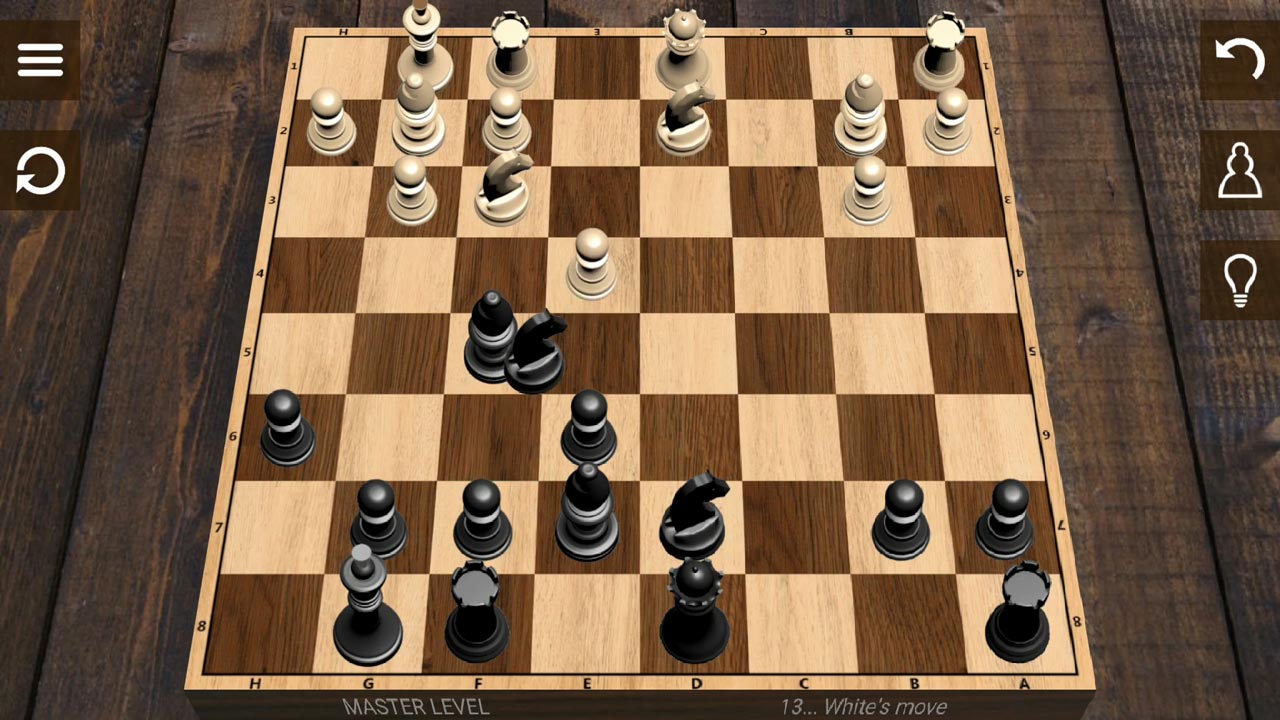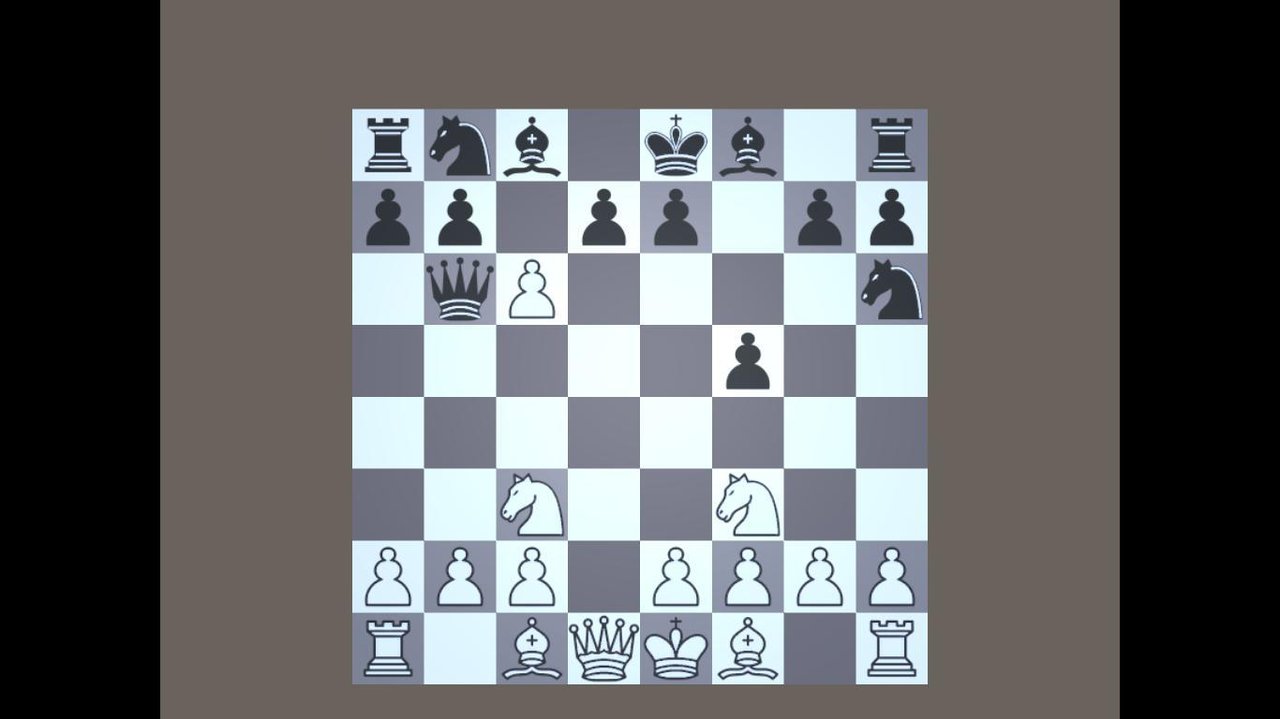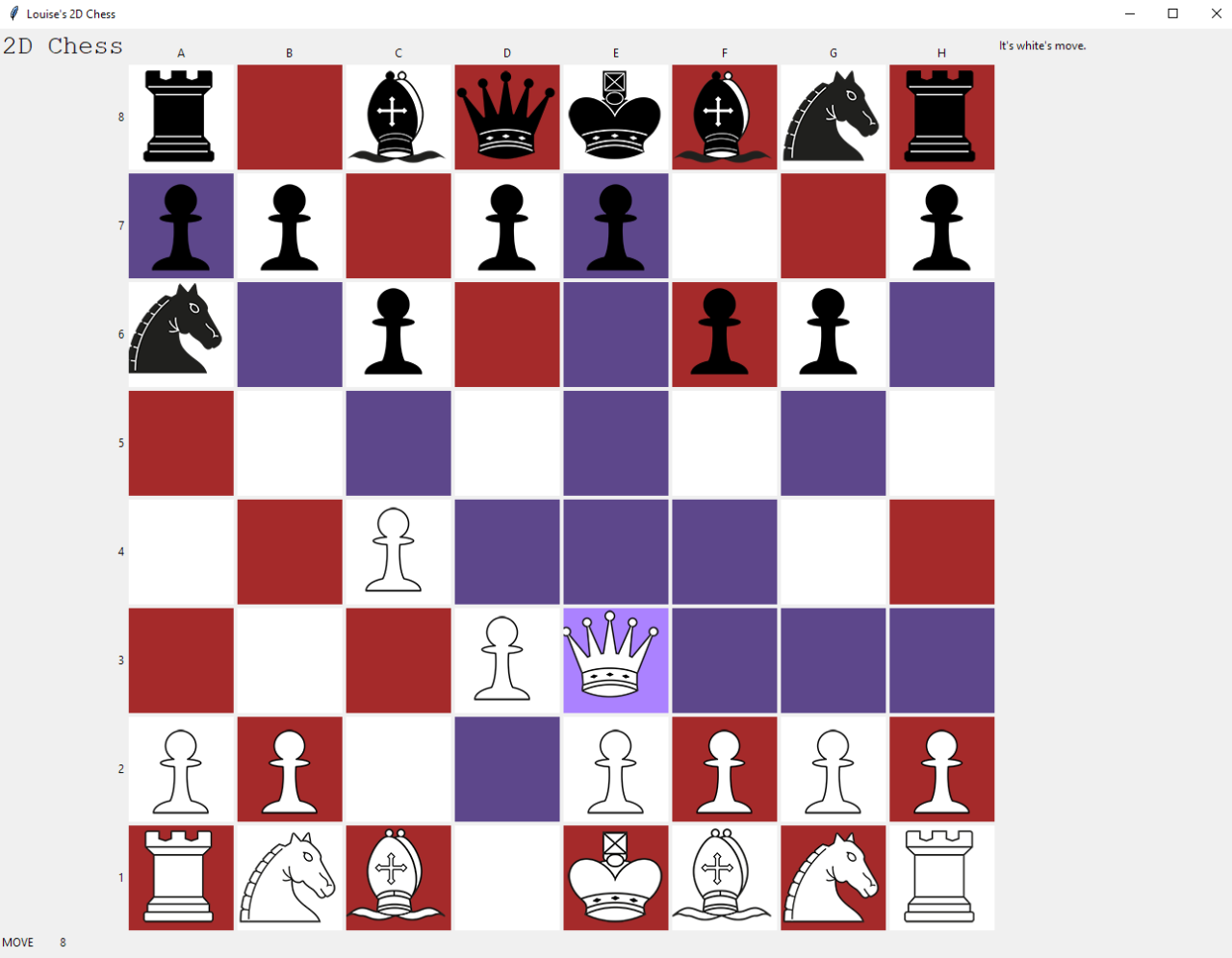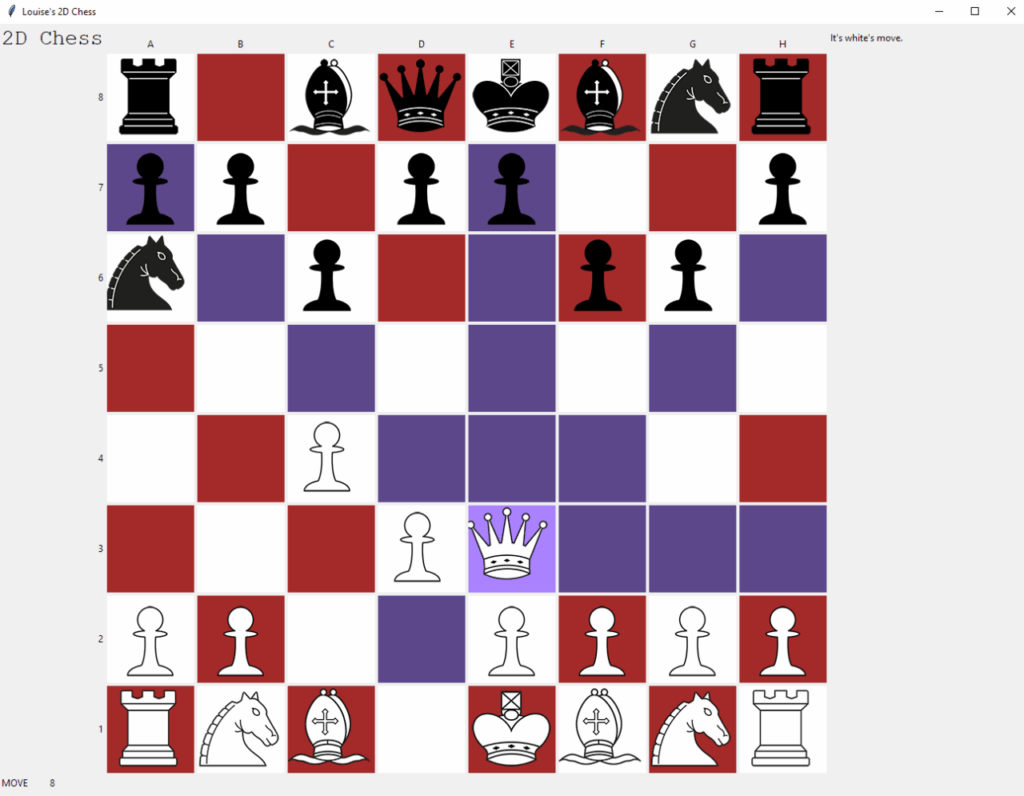Chess 2 player is not just a game of intellect; it’s a battlefield where strategy meets psychology. Players embark on a journey across the 64 squares of the chessboard, each move holding the potential for victory or defeat. Understanding the fundamental rules, the intricacies of piece movements, and the critical setup of the board lays the groundwork for every match.
As each player maneuvers their pieces, the battle of wits begins. The opening strategies set the tone, the mid-game tactics sharpen the edge, and the endgame techniques seal the fate. This game thrives on not just the skill of the players but also the unspoken mind games that unfold, where reading your opponent can turn the tide in your favor.
Chess Basics for Two Players: Chess 2 Player

Chess is a two-player strategy board game that has captivated minds for centuries. This ancient game combines tactical and strategic skills, requiring players to outmaneuver their opponent while safeguarding their own pieces. Understanding the fundamental rules, board setup, and piece movements is essential for players looking to engage in this classic battle of wits.
The chessboard consists of 64 squares arranged in an 8×8 grid, alternating between light and dark colors. Each player controls 16 pieces at the start of the game—one king, one queen, two rooks, two knights, two bishops, and eight pawns. The goal is to checkmate the opponent’s king, which involves placing it in a position where it cannot escape capture.
Chessboard Setup
The initial setup of the chessboard is crucial for the start of the game. Each player’s army is positioned on the two rows closest to them, with specific placement for each piece:
1. The rooks are placed on the corners of the board.
2. Next to the rooks, the knights are positioned.
3. The bishops are placed next to the knights.
4. The queen is placed on her own color square; the white queen on a light square, and the black queen on a dark square.
5. The king is placed next to the queen.
6. The entire second rank (row) is filled with pawns.
This arrangement creates a symmetrical battlefield, with both players having equal opportunities at the start of the game.
Piece Movements
Each chess piece has unique movement patterns that define their role on the battlefield:
– King: Moves one square in any direction. The king is the most crucial piece, and the game ends if it is checkmated.
– Queen: Moves any number of squares in any direction. The queen is the most powerful piece due to her versatility.
– Rook: Moves any number of squares vertically or horizontally. Rooks can control entire ranks or files on the board.
– Bishop: Moves any number of squares diagonally. Each bishop controls squares of one color throughout the game.
– Knight: Moves in an ‘L’ shape—two squares in one direction and then one square perpendicular. Knights can jump over other pieces.
– Pawn: Moves forward one square, but captures diagonally. On their first move, pawns can advance two squares. If a pawn reaches the opponent’s back rank, it can be promoted to any piece (except a king).
Understanding these movements is essential for strategizing and executing effective plays during the game. Each piece plays a vital role in controlling the board and protecting the king.
Strategies for Winning in Two-Player Chess

Winning in chess requires a combination of strategic foresight, tactical prowess, and a sound understanding of the game’s fundamental principles. Both players must employ various strategies throughout the game, from the opening moves to the final moments on the board. Mastery of these strategies can significantly enhance their chances of victory.
Opening Strategies
The opening phase of chess is crucial as it sets the stage for the middle game. Players should focus on controlling the center, developing their pieces efficiently, and ensuring king safety.
- Control the Center: Dominating the central squares (e4, e5, d4, d5) allows for greater mobility of pieces and creates an advantageous position.
- Develop Pieces: Rapid development of knights and bishops is essential. Aim to bring out minor pieces before moving the same piece multiple times.
- King Safety: Prioritize castling early to secure the king and connect the rooks, enhancing their potential for future play.
- Avoid Premature Attacks: Focus on solidifying your position rather than launching an aggressive assault that could lead to vulnerabilities.
Strategic openings such as the Ruy Lopez or Sicilian Defense can provide frameworks for players to build their game. For instance, in the Ruy Lopez, White aims for a long-term positional advantage while Black counters with counterattacks.
Mid-Game Tactics
The mid-game is where players can capitalize on their opening choices and explore tactical opportunities. Understanding and employing various tactics can turn the tide in one’s favor.
- Tactical Awareness: Players should watch for tactics such as forks, pins, and skewers, which can lead to material gain or advantageous positions.
- Creating Weaknesses: Identify and target weaknesses in your opponent’s position, such as isolated pawns or unprotected pieces.
- Piece Coordination: Ensure that pieces work harmoniously to control key squares and create threats.
- Initiative: Maintain pressure on the opponent, forcing them to react to your threats and limiting their options.
For example, a well-timed knight fork can simultaneously threaten the queen and a rook, leading to a significant material advantage. Recognizing such opportunities is key in mid-game play.
Endgame Techniques
The endgame is a critical phase that often determines the outcome of the game. Understanding different types of positions is vital for effective play.
- King and Pawn Endgames: In positions with only kings and pawns, promoting a pawn to a queen is the primary objective. The player must ensure their king supports the advancement of the pawn.
- Rook Endgames: Rooks are powerful in the endgame. Utilize the rook to cut off the opponent’s king while advancing your own pawn to promotion.
- Minor Piece Endgames: When dealing with bishops or knights, piece activity is essential. Position your pieces to control key squares and limit the opponent’s king’s movement.
- Opposition: In king and pawn endgames, mastering the concept of opposition is key. Position your king directly opposite your opponent’s king to gain control over critical squares.
Understanding the nuances of each endgame type can mean the difference between a win and a draw. For instance, knowing when to exchange pieces or the importance of activating the king can significantly impact the game’s outcome.
The Role of Psychology in Two-Player Chess
In the world of chess, the battle is not only fought on the board but also in the minds of the players. Psychological tactics play a critical role in outsmarting opponents, influencing decisions, and maintaining composure under pressure. Understanding the mental aspects of chess can provide a significant advantage, allowing players to manipulate their opponents’ emotions while keeping their own in check.
The psychological dynamics of a chess match can be quite intricate. Players often engage in various tactics to gain an upper hand, from instilling doubt to maintaining a calm demeanor. Recognizing these tactics and implementing effective psychological strategies can dramatically enhance one’s performance during a game.
Psychological Tactics to Outsmart Opponents, Chess 2 player
In chess, psychological warfare can be subtle yet powerful. Here are some strategies to consider:
- Bluffing Moves: Making unexpected or seemingly illogical moves can confuse and intimidate an opponent, leading them to second guess their strategy.
- Disguising Intentions: Feigning weakness or a lack of strategy can lure an opponent into a false sense of security, allowing for a sudden counterattack.
- Time Pressure: Utilizing the clock effectively can create stress for the opponent, pushing them to make hasty decisions that lead to mistakes.
Each of these tactics can shift the mental balance in a game, emphasizing the importance of psychological readiness.
Maintaining Focus and Managing Stress
Chess matches can be intense, and maintaining focus is crucial for success. Several strategies can help players stay centered and manage stress effectively:
- Breathing Techniques: Deep, controlled breathing can help calm nerves and maintain concentration during critical moments.
- Visualization: Visualizing successful moves and outcomes can boost confidence and reduce anxiety before and during the match.
- Routine Establishment: Developing a pre-game routine can create a sense of familiarity and comfort, helping to ease tension.
Incorporating these methods can significantly improve mental clarity and performance under pressure.
Reading Opponent’s Body Language
Understanding an opponent’s body language can provide invaluable insights during a game. Noticing subtle cues can offer clues about their confidence and mental state. Here are some signs to observe:
- Posture: An opponent leaning back may indicate confidence, while a tense, hunched posture might suggest insecurity.
- Facial Expressions: Frowning or furrowed brows can signal frustration or confusion, while a relaxed face may denote ease with the situation.
- Gestures: Frequent hand movements or fidgeting can indicate anxiety or overthinking, which can be exploited to gain an advantage.
By tuning into these non-verbal signals, players can adjust their strategies, either to press the advantage or to navigate the psychological landscape of the match more effectively.
Summary

In conclusion, chess 2 player is an art that blends rules, strategies, and psychological insight. Mastering the game requires more than just knowledge of piece movements; it demands an understanding of human behavior and the ability to adapt under pressure. Whether you are an aspiring competitor or a casual player, the world of chess offers endless opportunities for growth and mastery, inviting you to explore its depths.

